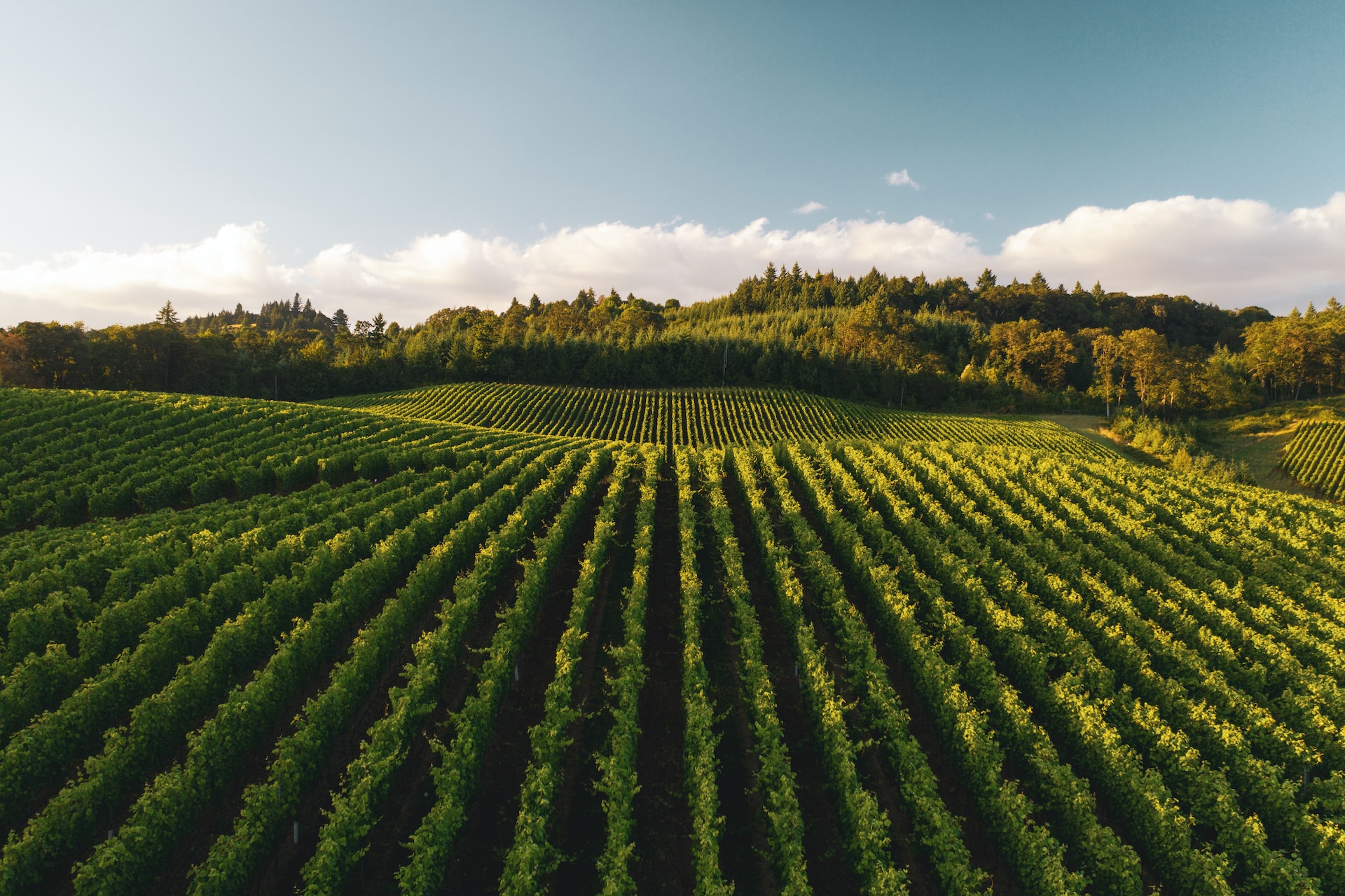What is Vineyard?
A vineyard is a type of plantation in which vines are planted, and the size of each vineyard varies. It is a farm or agricultural site where vines are grown to produce grapes and used to make wine. The vineyard is usually located in places with favorable climatic conditions for growing grapes, and the terrier, the soil, the minerals of the ground, and the climate influence some of the wine’s character.
A vineyard’s location is crucial because factors such as temperature, sunlight, rainfall, and soil composition can significantly influence the quality and characteristics of the grapes grown there. The main reason for this factor is that a vineyard is a plantation that produces grapes for the primary purpose of winemaking; any damaging element toward making the fruit will alter its wine quality.
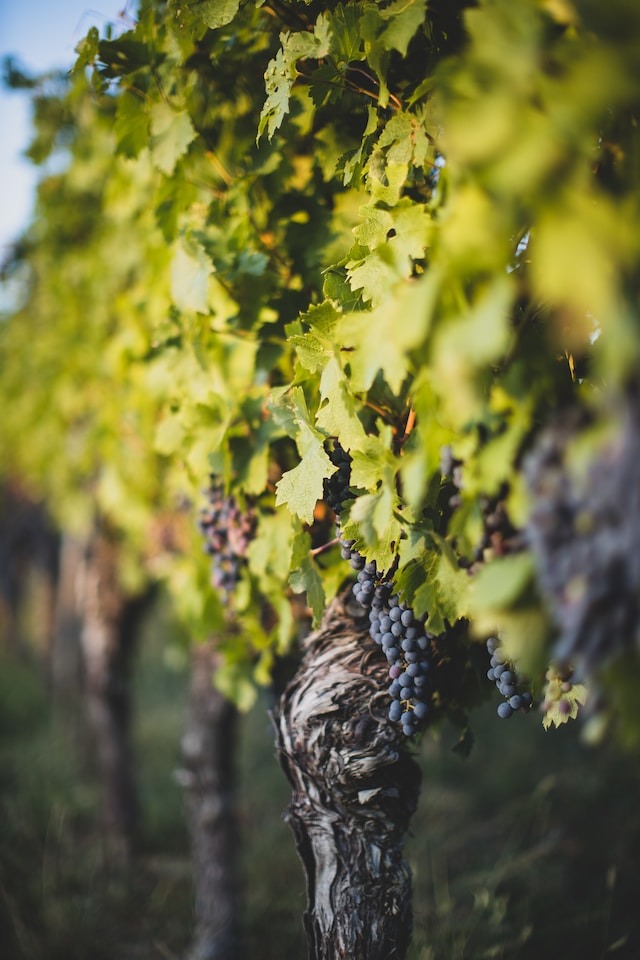
Grapes remain on the vine until ripe and ready for harvest. Some vineyards have their wineries, while others sell their grapes to wineries. Some vineyard owners sell grapes and other crops at food markets. Vineyards may vary in size, from small family-owned plots to large commercial estates. They can be located in various regions worldwide, including famous wine-producing areas such as Bordeaux in France, Napa Valley in California, Tempranillo in Spain, and Tuscany in Italy.
Vineyards contribute to wine production and have cultural, aesthetic, and environmental value. They are quaint and picturesque, captivating and offering visitors a unique experience. In addition, vineyards help conserve biodiversity by creating habitats for different plant and animal species.
Brief History of Vineyard
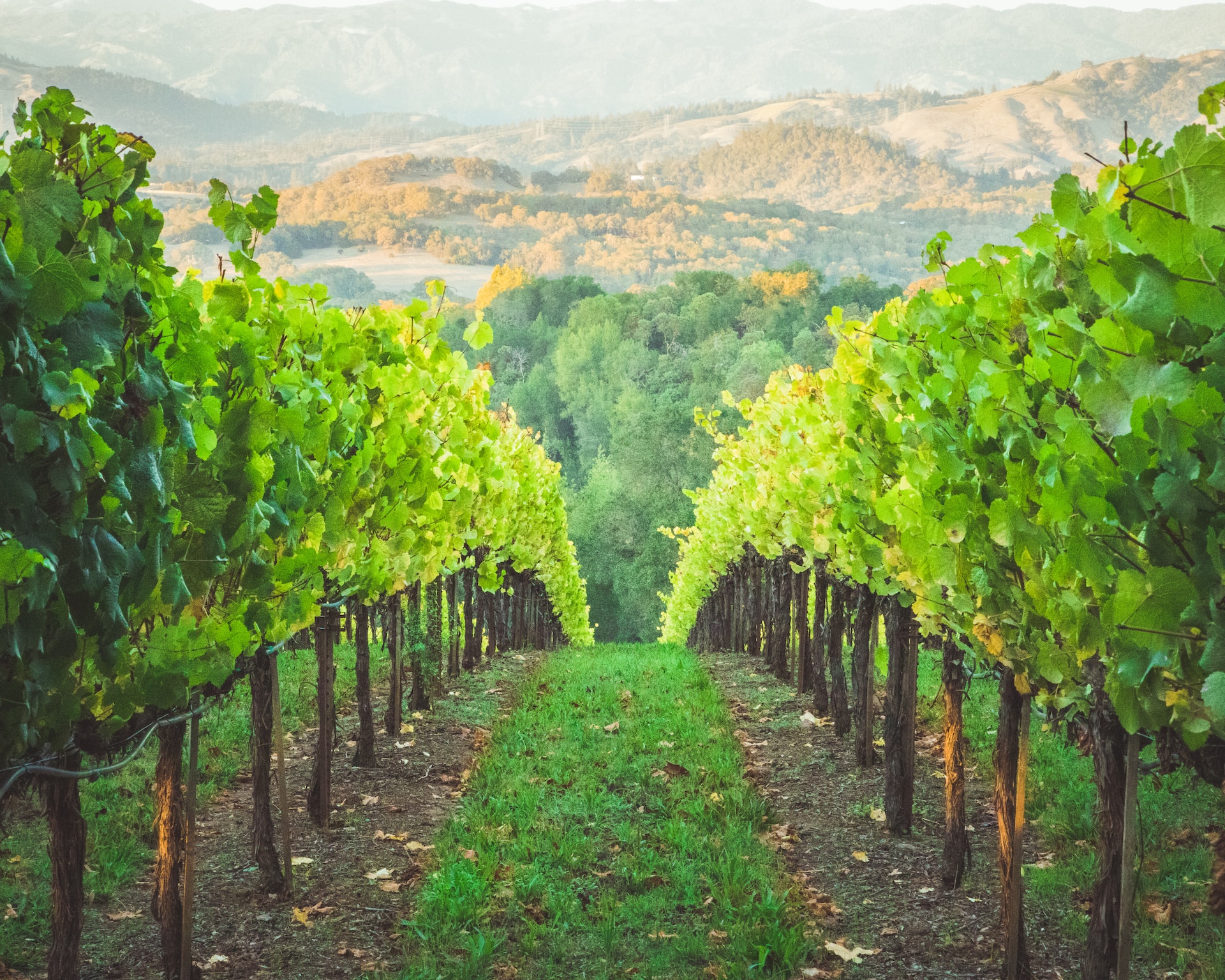
The earliest recorded data of wine production dates back between 6000 and 5000 BC. Winemaking techniques were greatly improved under the ancient Greeks, but it was only in the late Roman Empire that cultivation mechanics as we know them spread throughout Europe.
Another notable data proves that the cultivation of grapes for winemaking can be traced back to ancient civilizations in the Near East, particularly in the region known as the Fertile Crescent (modern-day Iran, Iraq, Syria, and Lebanon). The ancient Egyptians and Phoenicians were also early practitioners of viticulture.
Through industrialization in the 19th century, new techniques led to significant advances in viticultural practices. Modernization in winemaking techniques has improved grape harvesting, wine production, and storage techniques. Wine regions such as Bordeaux in France and Napa Valley in California rose to prominence during this period.
However, in the late 19th century, vineyards worldwide faced a devastating crisis caused by an infestation of phylloxera, a microscopic insect that affected the roots of grapes. This destroyed many vineyards and significantly reduced wine production. Despite the difficulties caused by phylloxera, the vineyard gradually recovered and expanded throughout the 20th century. New wine regions have emerged in Australia, New Zealand, South Africa, and South America. Traditional areas such as France and Italy also experienced a flourishing wine industry.
Vineyards are sometimes associated with wineries where the vines are grown and harvested. Depending on the winery’s production model, these vineyards may be located on the grounds or elsewhere.
What is Winery?

A winery is a facility or station where wine is produced, processed, and often stored. It is where grapes are grown, harvested, and made into wine through fermentation. It is a licensed place to produce and sell wine for consumption. Wineries range in size from small family businesses to large commercial enterprises. Simply put, a winery is a property or building that produces wine.
Grapes are typically crushed at a winery, and their juice is extracted. The juice is then fermented using yeast, which converts the grape juice’s sweetened property (sugar) into alcohol. This method can take several weeks to months, depending on the desired style of wine. After fermentation, the produced wine is often aged in barrels or tanks to develop additional flavors and characteristics.
In addition to producing wine, many wineries offer wine tastings and tours for the public, allowing visitors to sample different wines and learn more about the winemaking process. A wine produced on the same site as their vineyard is known as ‘estate wine.’ They often allow the visitors to come in and buy bottles of their wine too. Some wineries also have restaurants and event spaces where visitors can enjoy food and wine and attend special events.
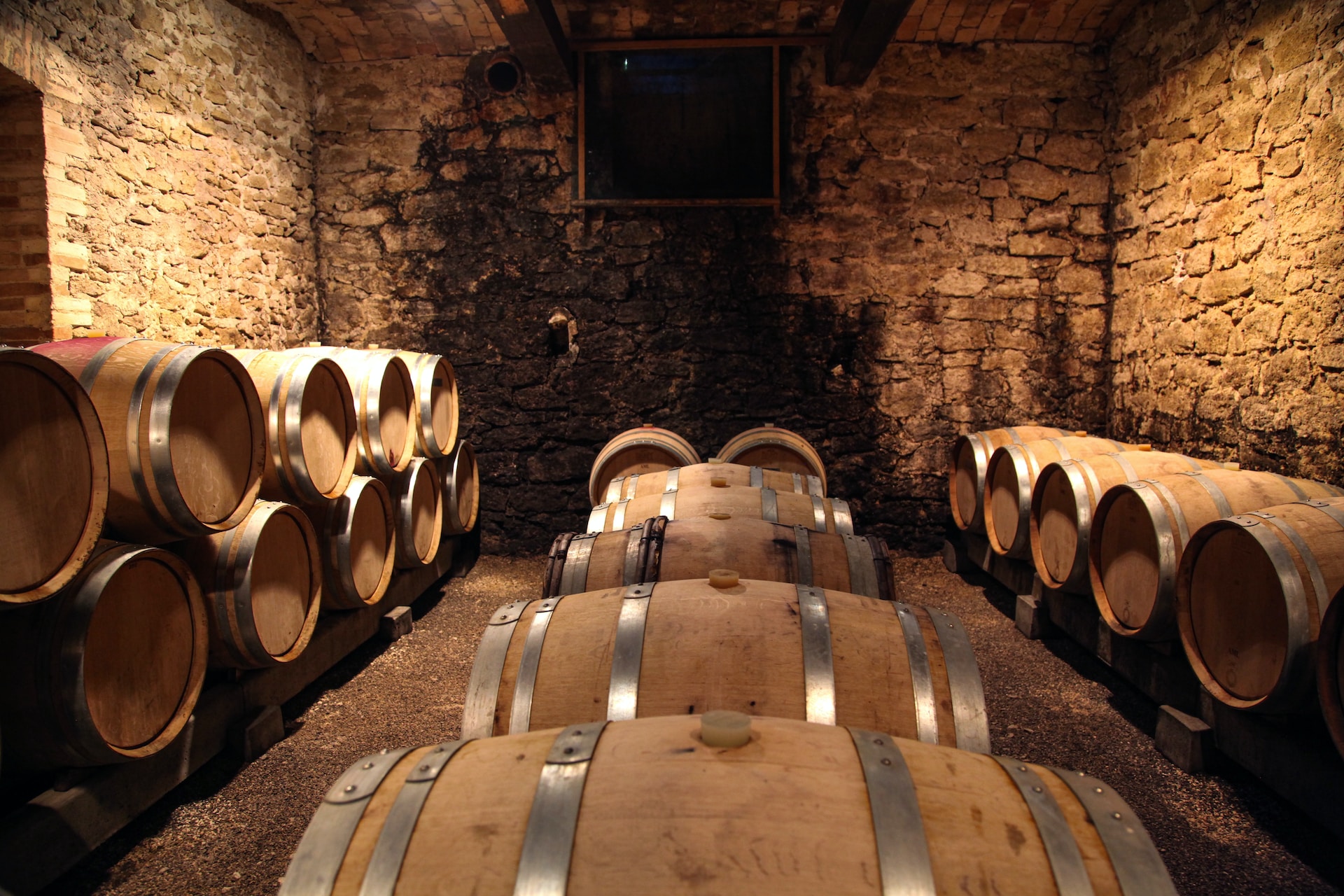
Brief History of Wineries
The earliest known evidence of relatively large-scale winemaking, if not evidence of actual wineries, was found in the Middle East. To be more specific, the origins can be traced back to ancient civilizations in Mesopotamia (modern-day Iraq) and the Nile Valley (Egypt) around 6,000 BCE. These early cultures discovered the process of fermenting grapes and began cultivating vineyards.
The Greeks and Romans greatly expanded the art of winemaking. The Greeks introduced viticulture to southern Italy, Sicily, and the islands of the Mediterranean, while the Romans spread viticulture throughout their vast empire. They improved winemaking techniques, developed vineyard management methods, and classified grape varieties.
During the Renaissance, interest in winemaking revived in Europe with advances in vineyard management and winemaking techniques. Meanwhile, European explorers like Christopher Columbus discovered the New World, including America, from the late 15th century to the 16th century. Establishing colonies in countries like Mexico, Peru, and Chile brought viticulture to other regions.
Industrialization in the 18th and 19th centuries brought significant changes to winemaking. Innovations such as developing cork stoppers, glass bottles, and more efficient winemaking equipment revolutionized the industry. Wine production expanded to new regions such as California, Australia, and South Africa.
Today, there are wineries in many countries worldwide, and the technology and science of winemaking are constantly evolving. Wineries range from small family businesses to large trading companies, each with its philosophy and approach to winemaking.
Winery Vs. Vineyard
Both wineries and vineyards can be mutually exclusive. This means you can grow grapes without having to make your wine. Instead, you can only sell our grapes to winemakers or wineries. Similarly, a winery is a place where wine is made from grapes. However, you don’t necessarily have to grow your wine to run a winery; you can have your vineyards.
We often drink wine at wineries located above vineyards. Usually an inconspicuous part of winemaking, the vineyard consists of rows of grapes supported by a trellis and is essentially a farm. Because the wine is made there, the winery usually obtains a liquor license, offers wine tastings, and sets up a place to sample delicious wines.
Some vineyard owners sell their grapes to food markets for use as table grapes. Some also make raisins (withered grapes dried in the sun) and non-alcoholic grape juice. Additionally, a vineyard may have a winery that produces grapes harvested from the vineyard. However, not all vineyards have wineries. Vineyards can also sell grapes to outside winery owners.
To sum it up, a vineyard is the land where grapes are grown, while a winery is the facility where grapes are processed and turned into wine. The vineyard is focused on grape cultivation, while the winery is focused on the winemaking process. Both the vineyard and winery play vital roles in the production of wine, and many wineries have their vineyards to have control over the quality and style of the grapes they use.
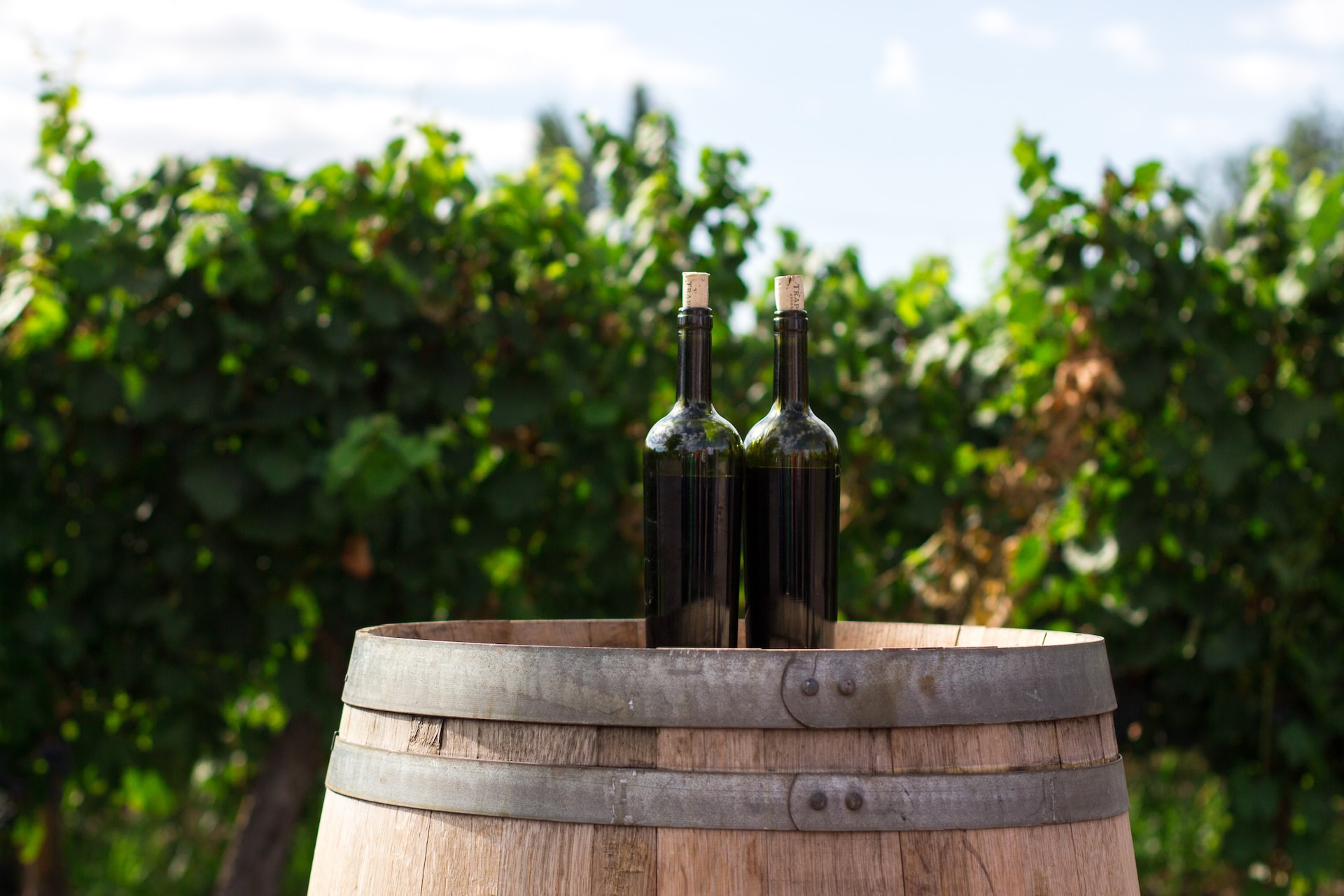
Conclusion
The journey of wine begins with the cultivation of grapevines in a vineyard. Ensuring the quality of grapes is the primary concern, as any change in the climate, location, and even insects will change the course of wine production. Vineyard management plays a vital role in ensuring the health and quality of the grapes. From the meticulous cultivation of grapevines to the careful blending and aging of wines in winery facilities, winemakers employ their expertise and passion for producing an array of flavors, aromas, and textures that delight wine enthusiasts worldwide.

